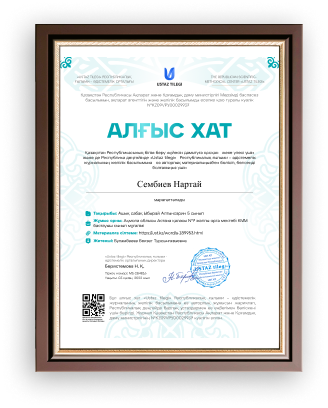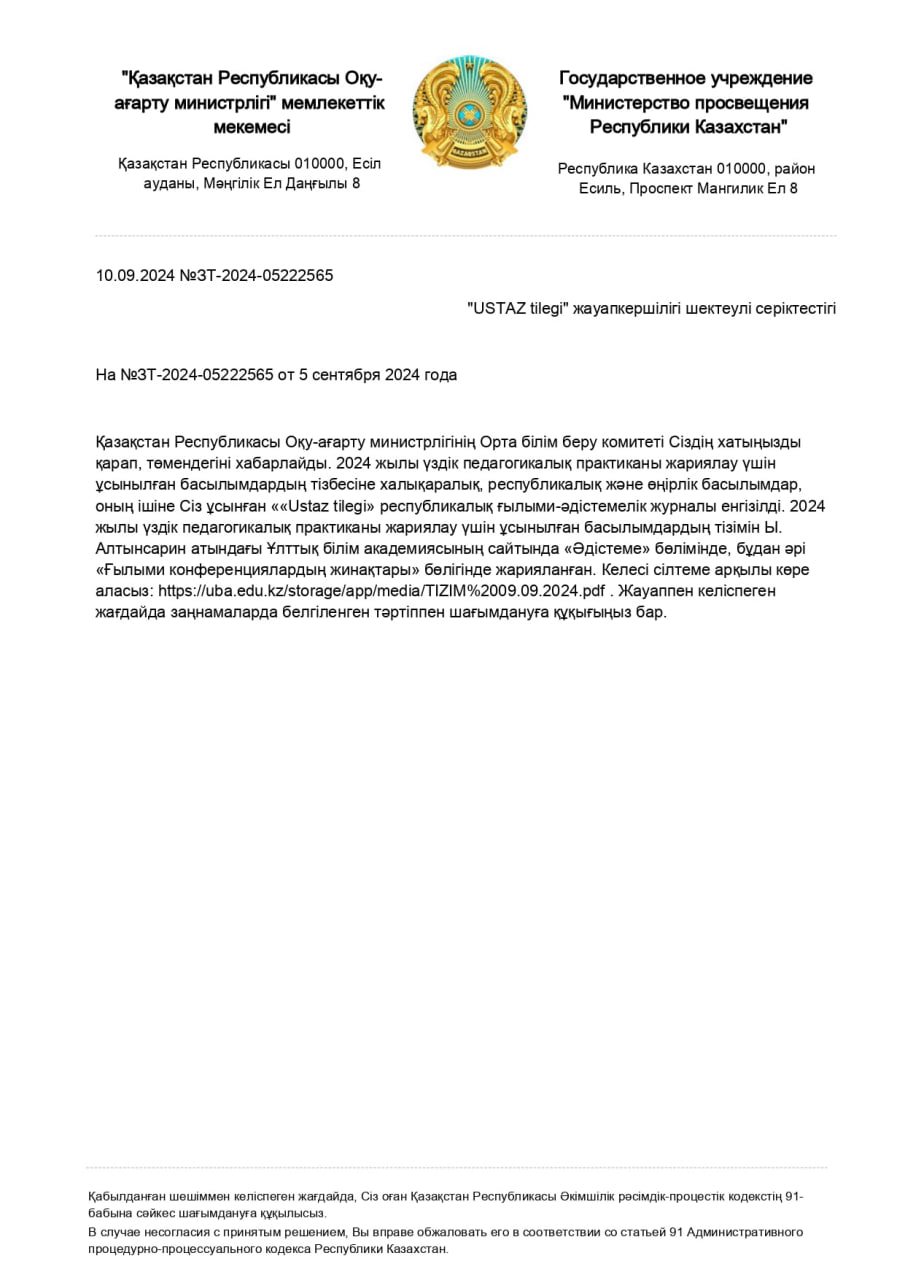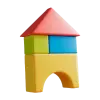Бұл материал сайт қолданушысы жариялаған. Материалдың ішінде жазылған барлық ақпаратқа жауапкершілікті жариялаған қолданушы жауап береді. Ұстаз тілегі тек ақпаратты таратуға қолдау көрсетеді. Егер материал сіздің авторлық құқығыңызды бұзған болса немесе басқа да себептермен сайттан өшіру керек деп ойласаңыз осында жазыңыз

Бонусты жинап картаңызға (kaspi Gold, Halyk bank) шығарып аласыз
1 жыл бойы тегін жүктеу мүмкіндігіне ие болыңыз!

жеңілдік
Portfolio form 1

Sarykol
Uritsk secondary school
Portfolio
Form:
Subject:
Pupil:
English teacher:
Form teacher:
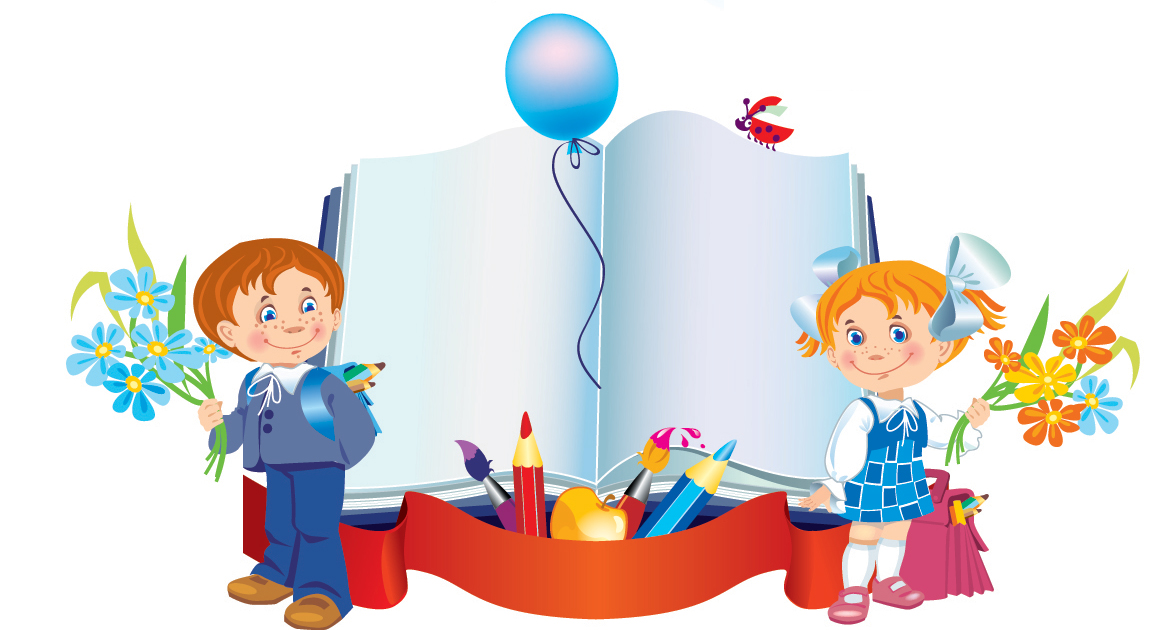
2016-2017 academic years
Портфолио обучающегося
С целью отслеживания прогресса обучающегося учителю следует хранить работы, выполненные обучающимися за определенный период обучения. Портфолио обучающихся вводится с целью повышения объективности и прозрачности оценивания результатов обучающихся. Портфолио – это целенаправленный сбор работ обучающегося, которые показывают его результаты обучения, прогресс и учебные достижения по одному или нескольким предметам в определенный период учебного года. Портфолио вводится с целью повышения объективности и прозрачности оценивания учебных достижений обучающихся.
Оно может включать рабочие тетради, нарисованные обучающимися картинки, фотографии обучающихся в процессе выполнения практических заданий, результаты выполненных обучающимися исследований, комментарии учителя к работам. Некоторые работы обучающихся могут храниться в электронной версии.
Рекомендуемая структура портфолио обучающегося:
• Титульный лист;
• Разделители по предметам;
• Суммативные работы за разделы, за четверти, например: письменные работы, презентации, эссе и т.д. с критериями оценивания и схемами выставления баллов;
• Работы обучающихся, выполненные в процессе повседневного обучения и отражающие уровень учебных достижений;
• Рекомендации, отзывы, обратная связь учителя;
• Рефлексия обучающегося.
Форма портфолио зависит от предмета и возраста обучающегося. Например, портфолио по ИКТ и информатике могут быть в электронной форме (электронное портфолио) и храниться на электронном носителе (диске).
Primary School
Grade 1 “ ”
September 2016
Academic year 2016-2017
Textbook: Smiles 1 Jenny Dooley-Virginia Evans
Serious Consultant: Bob Obee
Translations by N. Mukhamedjanova
Pupil’s book for Kazakhstan Grade 1 Express Publishing
Criterion assessment scale of pupils on the subject of English
Term I
Module 1 My family / Module 2 My school
|
Criterion |
Achievement level |
Descriptors based on the levels of Bloom’s Taxonomy |
|
A Listening |
0 |
Learner has not achieved any of the criteria listed below. |
|
1-2 |
Learner recognizes short basic instructions for a limited range of classroom routines spoken slowly and distinctly. Learner has difficulties in recognizing with support common names and names of places. |
|
|
3-4 |
Learner has some difficulties in recognizing with support short basic questions about what something is. Learner listens to teacher’s instructions, short greeting phrases, basic words. Learner recognizes with support common names and names of places; recognizes the spoken form of a limited range of everyday and classroom words the names of letters of the alphabet. |
|
|
5-6 |
Learner listens and repeats words and phrases, follow simple Teacher instructions, perform total physical response routines. Learner recognizes with support a limited range of basic common personal questions spoken slowly and distinctly. Learner recognizes short basic instructions for a limited range of classroom routines spoken slowly and distinctly. |
|
|
B Speaking |
0 |
Learner has not achieved any of the criteria listed below. |
|
1-2 |
Learner has some difficulties in expressing his or her opinion related to the topic. Learner has some difficulties in asking and answering questions. Learner responds to basic supported questions about things related to the topic. |
|
|
3-4 |
Learner makes basic personal statements but has some difficulties in expressing his or her opinion related to the topic. Learner makes basic personal statements about people, objects and classroom routines. Learner pronounces familiar words and expressions intelligibly. Learner asks questions in basic exchanges related to the topic. |
|
|
5-6 |
Learner makes basic personal statements about people, objects and classroom routines, expresses his or her opinion related to the topic. Learner makes up short dialogues and role plays with pleasure and pronounces familiar words and expressions intelligibly. Learner designs his or her project and presents it with the help of the teacher. Learner uses words in short exchanges, makes introductions and requests in basic interactions with others. |
|
|
C Reading |
0 |
Learner has not achieved any of the criteria listed below. |
|
1-2 |
Learner recognizes sounds and names the initial letters of the alphabet clearly. |
|
|
3-4 |
Learner recognizes sounds and names the initial letters of the alphabet clearly. Learner recognizes consonant sounds in learned words and phrases. |
|
|
5-6 |
Learner recognizes sounds and names the letters of the alphabet clearly. Learner recognizes consonant sounds in learned words and phrases. Learner pronounces the sounds after the teacher properly. |
|
|
D Use of English |
0 |
Learner has not achieved any of the criteria listed below. |
|
1-2 |
Learner uses demonstrative pronouns this, that to indicate things. Learner has some difficulties in interrogative pronouns what, where, how to ask basic questions. |
|
|
3-4 |
Learner applies demonstrative pronouns this, that to indicate things Learner uses interrogative pronouns what, where, how to ask basic questions. Learner uses basic adjectives to describe people and things. Learner has some difficulties in doing sums. |
|
|
5-6 |
Learner applies demonstrative pronouns this, that to indicate things. Learner uses and differentiates colours, uses interrogative pronouns what, where, how to ask basic questions Learner uses basic adjectives to describe people and things. Learner uses cardinal numbers 1 - 10 to count, does simple sums. Learner uses singular nouns, plural nouns – to talk about objects |
|
|
|
|
|
General criteria for the formative assessment of students in the subject of English
|
Criteria |
The maximum level of student achievement |
|
|
A |
Listening |
6 |
|
B |
Speaking |
6 |
|
C |
Reading |
6 |
|
D |
Use of English |
6 |
|
Total score |
24 |
|
Pupils’ Formative Assessment Score
|
Formative Assessment |
Scores |
|
“ |
0-12 |
|
“ |
13-17 |
|
“ |
18-21 |
|
“ |
22-24 |
Criterion assessment scale of pupils on the subject of English for every month
Form: 1 “ ” Pupil’s name, surname: Age:
|
Months |
Modules |
Strands |
Total score |
|||||||||||||||
|
Listening |
Speaking |
Reading |
Use of English |
|||||||||||||||
|
0 |
1-2 |
3-4 |
5-6 |
0 |
1-2 |
3-4 |
5-6 |
0 |
1-2 |
3-4 |
5-6 |
0 |
1-2 |
3-4 |
5-6 |
|
||
|
September |
Module 1 My family |
|
|
|
|
|
|
|
|
|
|
|
|
|
|
|
|
|
|
October |
Module 2 My school |
|
|
|
|
|
|
|
|
|
|
|
|
|
|
|
|
|
|
November |
Module 3 My Room |
|
|
|
|
|
|
|
|
|
|
|
|
|
|
|
|
|
|
December |
Module 4 My Pets |
|
|
|
|
|
|
|
|
|
|
|
|
|
|
|
|
|
|
January |
Module 4-5 My Food |
|
|
|
|
|
|
|
|
|
|
|
|
|
|
|
|
|
|
February |
Module 5 My Food |
|
|
|
|
|
|
|
|
|
|
|
|
|
|
|
|
|
|
March |
Module 6 My Music |
|
|
|
|
|
|
|
|
|
|
|
|
|
|
|
|
|
|
April |
Module 6-7 All About My World |
|
|
|
|
|
|
|
|
|
|
|
|
|
|
|
|
|
|
May |
Module 7 All About My World |
|
|
|
|
|
|
|
|
|
|
|
|
|
|
|
|
|
|
|
|
|
|
|
|
|
|
|
|
|
|
|
|
|
|
|
|
|
P![]() upil’s formative
assessment for each lesson according to the levels of Bloom’s
Taxonomy
upil’s formative
assessment for each lesson according to the levels of Bloom’s
Taxonomy
![]() - high
- высокая активность
- high
- высокая активность
![]() - middle
-средняя активность
- middle
-средняя активность
- low - низкая активность
|
Pupil’s surname, name |
Instructional Strategies for Use of Each Level of Bloom’s Taxonomy Knowledge- Comprehension -Application –Analysis- Synthesis- Evaluation |
||||||
|
Theme of the lesson |
Date |
listens to teacher’s instructions, short greeting phrases |
knows and understands the main ideas of a short talk on familiar topics |
asks and answers the questions, makes up sentences, compares things |
speaks English, communicates, interacts with other learners |
demonstrates models, projects to class |
makes self and peer assessment |
|
|
|
|
|
|
|
|
|
|
|
|
|
|
|
|
|
|
|
|
|
|
|
|
|
|
|
|
|
|
|
|
|
|
|
|
|
|
|
|
|
|
|
|
|
|
|
|
|
|
|
|
|
|
|
|
|
|
|
|
|
|
|
|
|
|
|
|
|
|
|
|
|
|
|
|
|
|
|
|
|
|
|
|
|
|
|
|
|
|
|
|
|
|
|
|
|
|
|
|
|
|
|
|
|
|
|
|
|
|
|
|
|
|
|
|
|
|
|
|
|
|
|
|
|
|
|
|
|
|
|
|
|
|
|
|
|
|
|
|
|
|
|
|
|
|
|
|
|
|
|
|
|
|
|
|
|
|
|
|
|
|
|
|
|
|
|
|
|
|
|
|
|
|
|
|
|
|
|
|
|
|
|
|
|
|
|
|
|
|
|
|
|
|
|
|
|
|
|
|
|
|
|
|
|
|
|
|
|
|
|
|
|
|
|
|
|
|
|
|
|
|
|
|
|
|
|
|
|
|
|
|
|
|
|
|
|
|
|
|
|
|
|
|
|
|
|
|
|
|
|
|
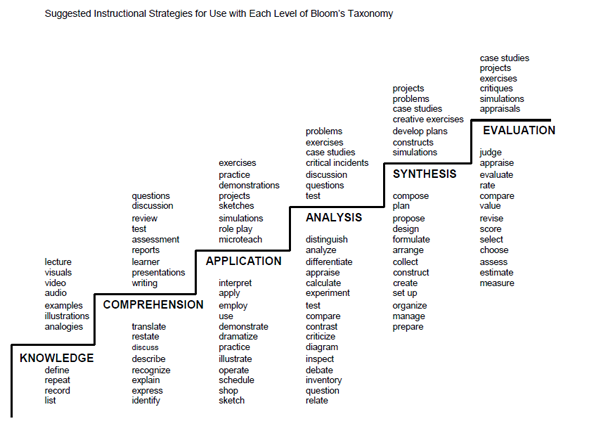
P ortfolio
ortfolio


Тақырыптық
тестілеулер жинағы
Дарынды
оқушылармен жұмыс
5,6,7,8 сынып
/жұмыс дәптерлер/
9,10,11 сынып
/жұмыс дәптерлер/
